Start Exploring Keyword Ideas
Use Serpstat to find the best keywords for your website
How To Use Competitive Intelligence To Improve Your Content Marketing Strategy


This in-depth article will guide you through the whole process of analyzing your rivals' content efficiency.
In addition to actionable tips and ready-to-use strategies, this article includes an example of blog analysis that highlights the most important metrics that you need to focus on, as well as what tools to use.
Finding the opportunity
This seemingly utopian scenario has been described in a book called "Blue Ocean Strategy". The nautical-themed strategy has been brainstormed by people who know their industries inside out. And there are some people who did it very successfully.
For instance, the idea behind Cirque du Soleil was executed into such a successful entertainment company because they didn't have anyone else to compete with. As this theatrical giant was emerging, the majority of circuses were still focusing their performances on engaging animals. Cirque du Soleil abandoned this conventional idea and, rather, took it to the next level as animals were, and still are, a costly element of the show. Instead, Cirque du Soleil transformed the experience of going to a circus, from it being a place for poorly educated people to frolic, to a sophisticated venue that welcomes amusement connoisseurs.
However, not every business situation will create a promising environment where you can come up with a completely unique and unheard idea.
That's why I'd like to share some of the ways how you can manage to overcome your competition. Specifically, I'll tell you how to analyze what kind of content your rivals produce, and how you can enhance their ideas to create something entirely new.
Map out your competitive landscape
To locate sites that rank for the same set of keywords as your domain is not rocket science. For example, Serpstat's 'Competitors' report will show you these sites in a matter of a single click. On the screenshot below, you can see Contently's major competitors:
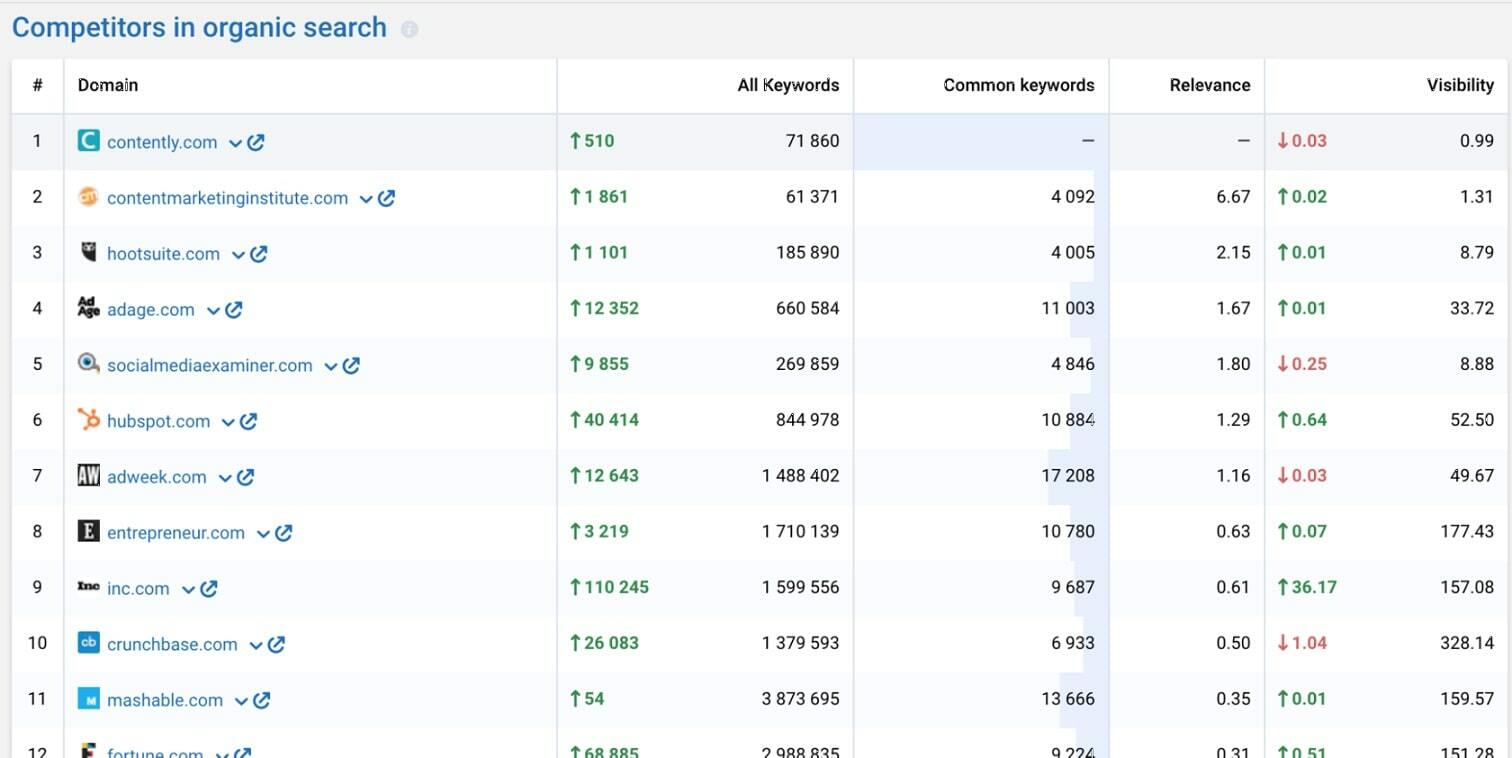
This example clearly proves that competitors with similar products or services might hardly overlap with their direct competition in Google search results.
Analyze their overall performance
What metrics really matter:
So where do you get this data? You don't need to spend sleepless nights analyzing each piece published on your competitors' websites individually. That sounds miserable! A tool like Buzzsumo can make the magic happen in just a few clicks:
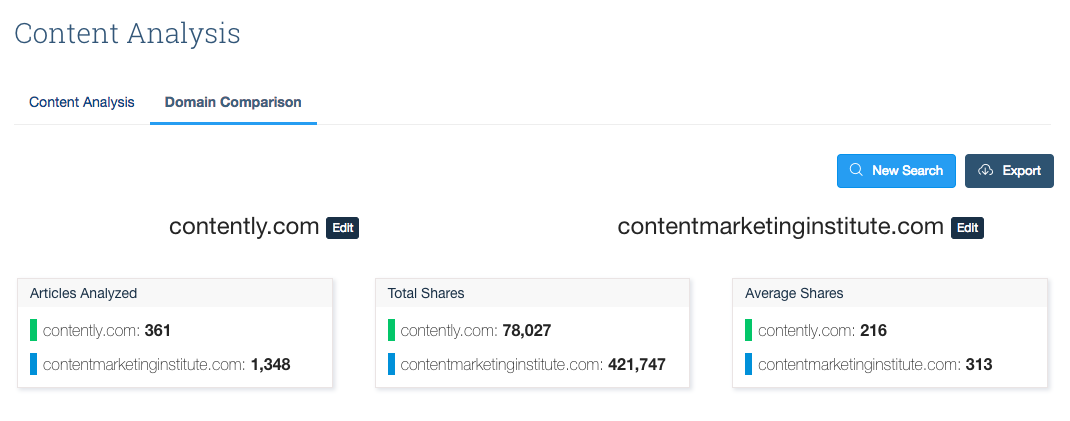
To get a comprehensive overview of CMI posts, you need to use BuzzSumo's Content Analysis report. This feature allows you to build a graph with the exact number of posts published a month:
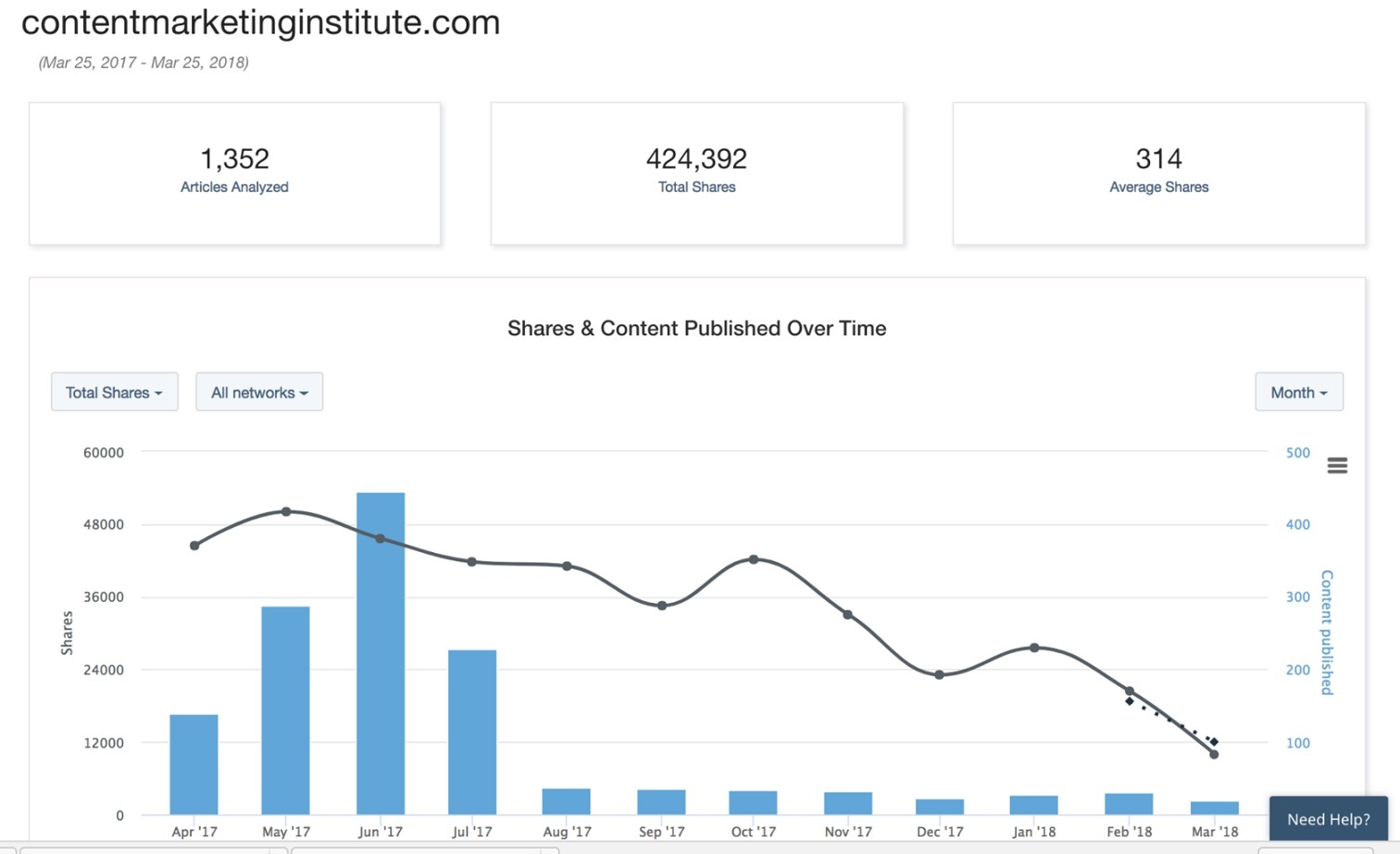
These changes could have happened because they shifted their focus from writing content to promoting it more. Supposedly, the answer to my question is less content is more. Or maybe they discontinued accepting guest posts? Or could it be that they no longer see the point in producing more content because it wasn't bringing them organic traffic? Any of these questions can be answered by delving into BuzzSumo's insights. You can also export the results in one click:
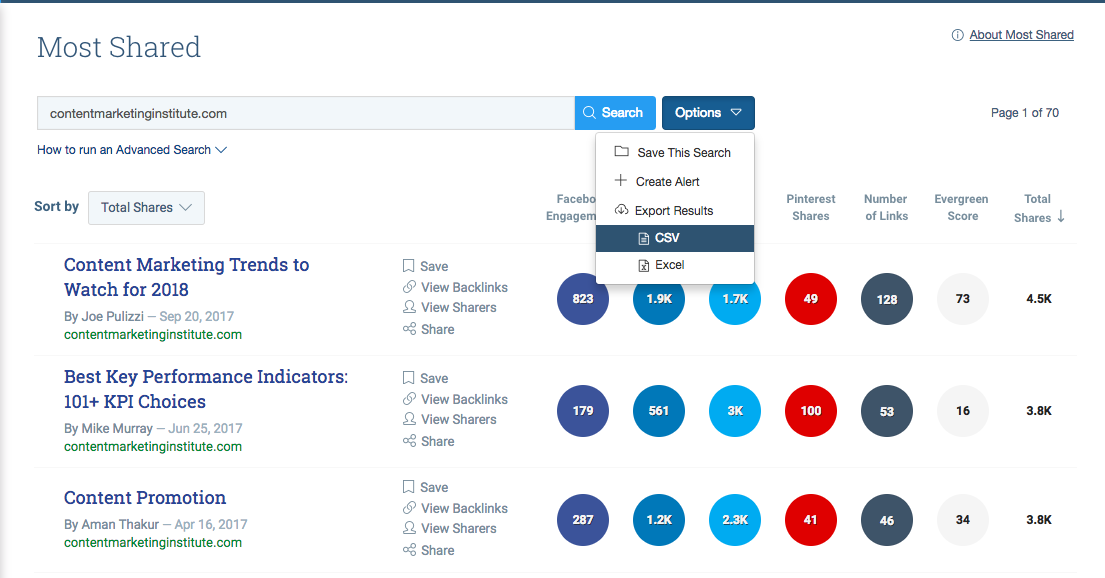
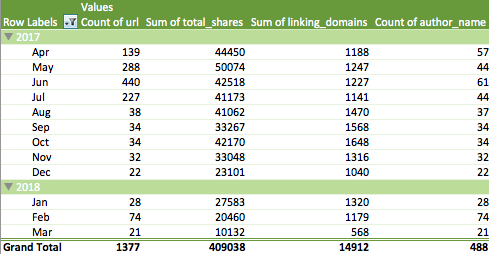
And finally, here's why there's an abrupt decline in the number of posts. They shut down one of their projects located on hub.contentmarketinginstitute.com, and here's the proof:
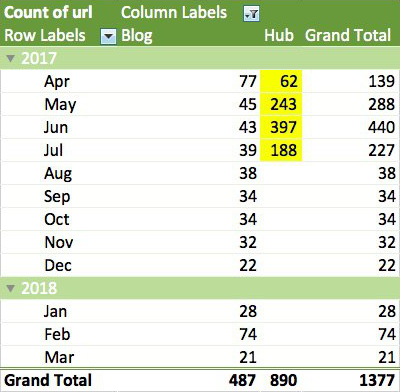
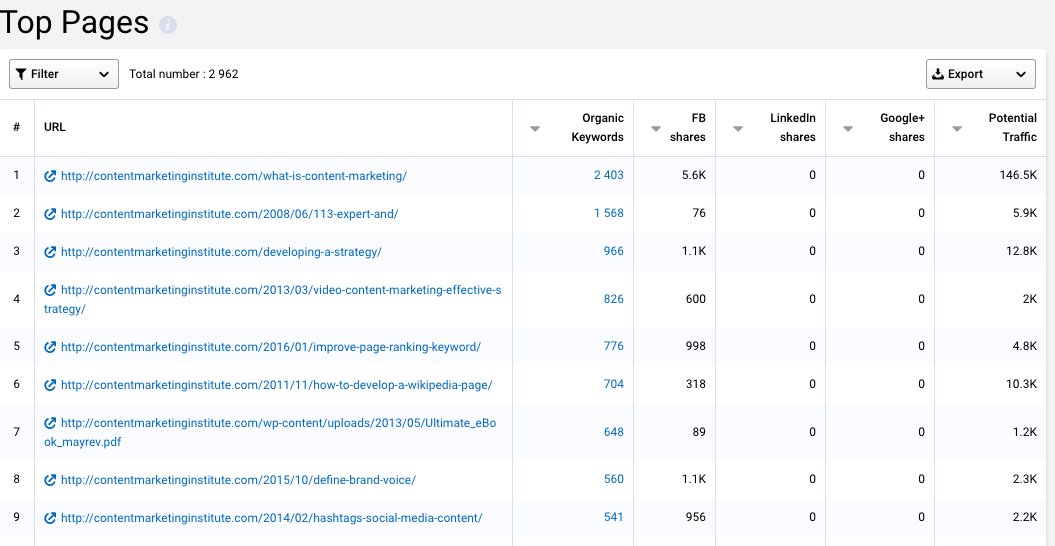
Eventually, you'll get something that looks like the table below:


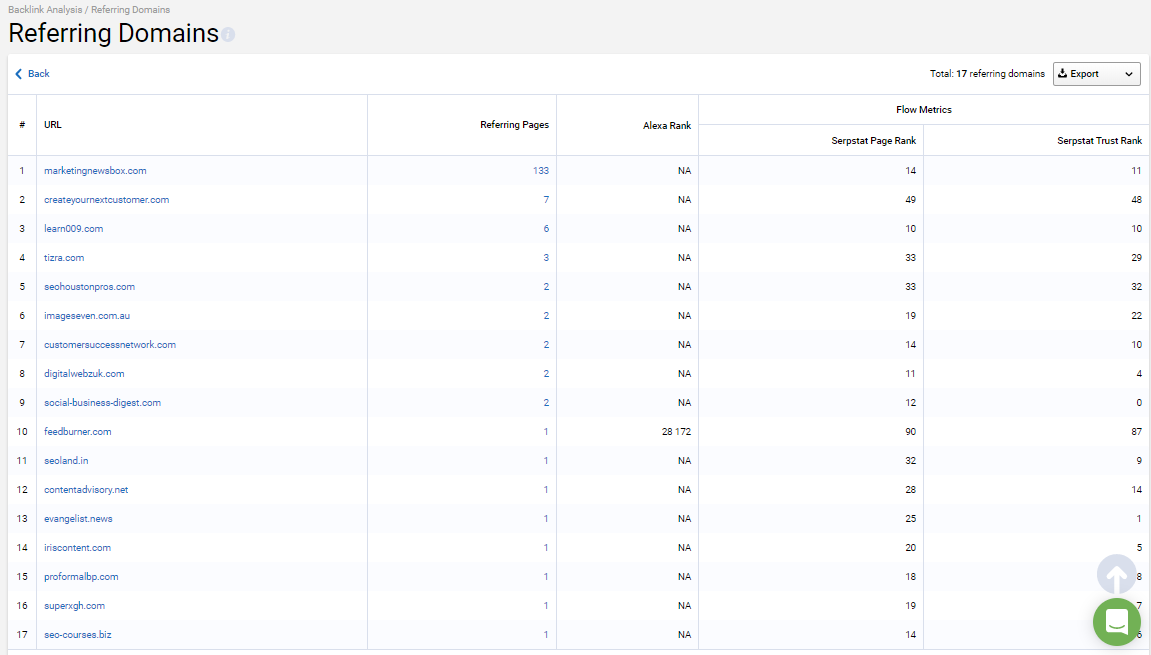
At Prnews.io, we've noticed a significant shift in the industry towards understanding this aspect, and, as a result, spending more budget and resources on content promotion. In order to receive a meaningful boost in organic traffic, I highly recommend to enhance your content promotion strategy with channels for outreach and sponsored posts that allow you to generate links and connect with a broader audience. And that's where Prnews.io can give you a hand. Prnews.io team have collected a massive database of sites from various industries that have all the necessary metrics like traffic volume and its geography, cost, and so on. It only takes a few moments to pick the right site for your future sponsored post:

Identify your competitors' top performing pieces

When using tools like Serpstat, you deal with evaluative data. On the other hand, when working with tools like SimilarWeb, we see actual visits. But like most tools, SimilarWeb isn't perfect: it mostly offers keyword data. For us, however, learning more about pages is more important, that's why we can't do without Serpstat.
So if you match keywords with pages for which your competitor's site is ranking in Google, then you'll have a complete list of their best pages. For instance, here is a list of keywords that drive traffic from Google to ContentMarketingInstitute.com:
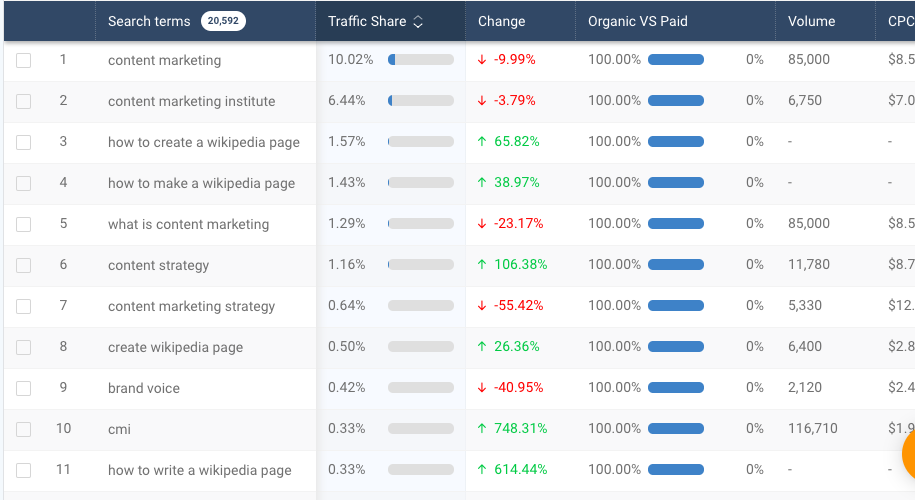
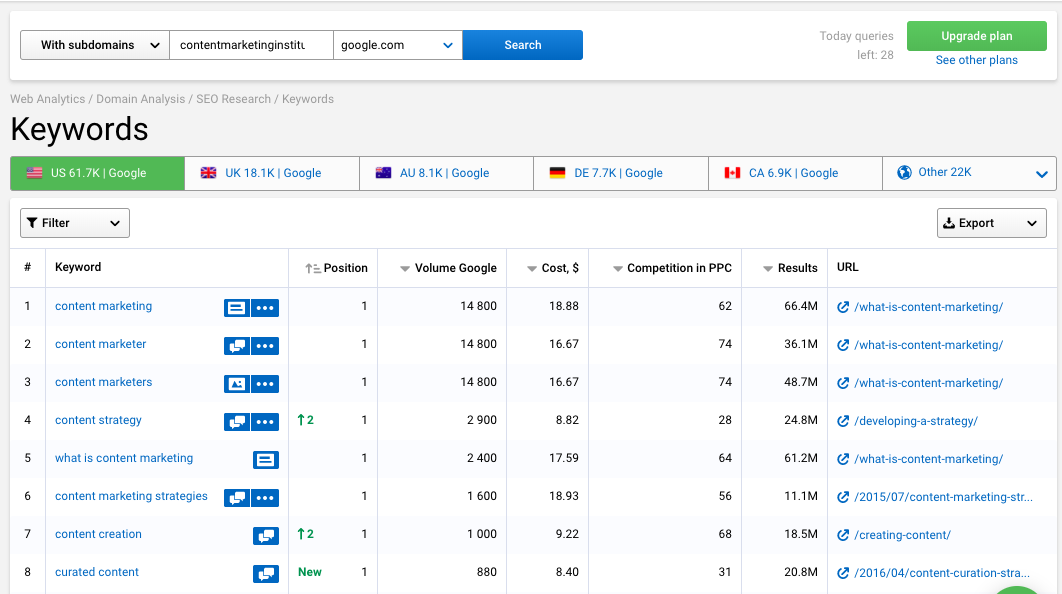
In сonclusion
- Find your opportunity for growth;
- Research who your real competitors are;
- Analyze their overall content performance based on:
- the average number of social shares;
- the average number of acquired links;
- traffic volume.
After you complete this analysis, you'll know what kind of competitors' content pages work like magnets in attracting users. Getting this data is like catching the wind in your sails to help you navigate to the 'blue ocean' quicker.
If they create static content, then you might want to start a Vlog that can be accompanied by video transcripts in a form of content pages. Or you can even try to build a community with user-generated content. But if your industry requires you to be much more aggressive, then don't be afraid to get creative. Act on the information you gather, especially if this information tells you that your competitors aren't getting traffic from Google or publishing less content. No matter what you do, any of your future decisions are going to be data-driven. So you're not going to play a guessing game. That's the main reason why it's important to understand your competition, even in content marketing.
Speed up your search marketing growth with Serpstat!
Keyword and backlink opportunities, competitors' online strategy, daily rankings and SEO-related issues.
A pack of tools for reducing your time on SEO tasks.
Discover More SEO Tools
Text Analysis Tool
Unlock the power of your text data with our advanced Text Analytics Tools
AI Content Detection
Ai Content Checker – realize if the text is AI-generated
AI Text Generator
Try our AI Content Writer tool and streamline your content creation process
AI Content Tools
AI Content Marketing Tools – simplify and optimize the content creation process
Cases, life hacks, researches, and useful articles
Don’t you have time to follow the news? No worries! Our editor will choose articles that will definitely help you with your work. Join our cozy community :)
By clicking the button, you agree to our privacy policy.
